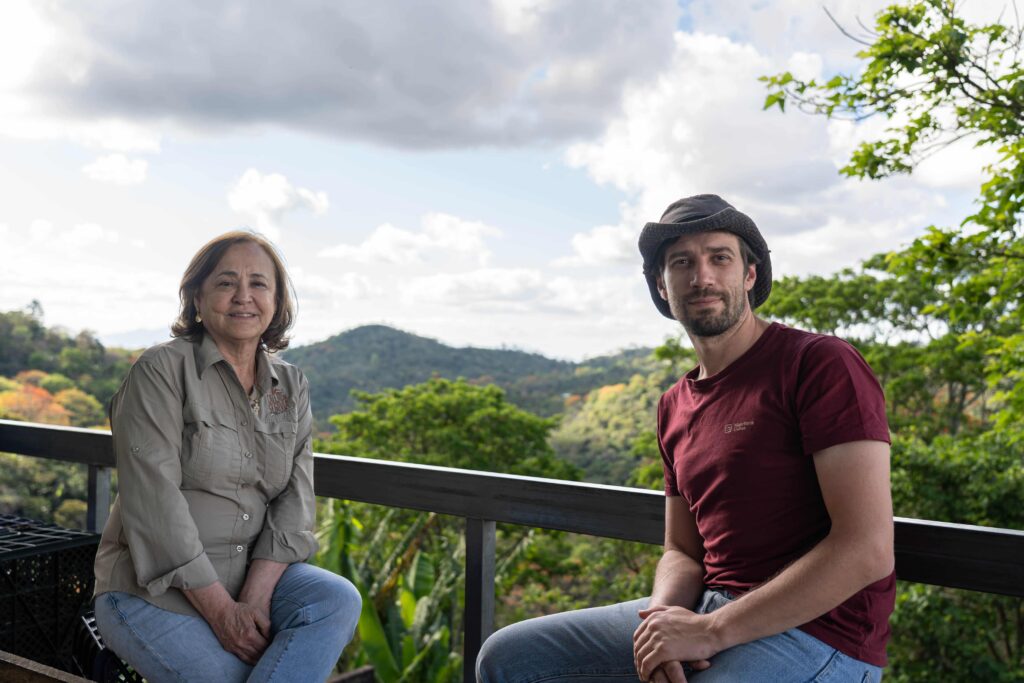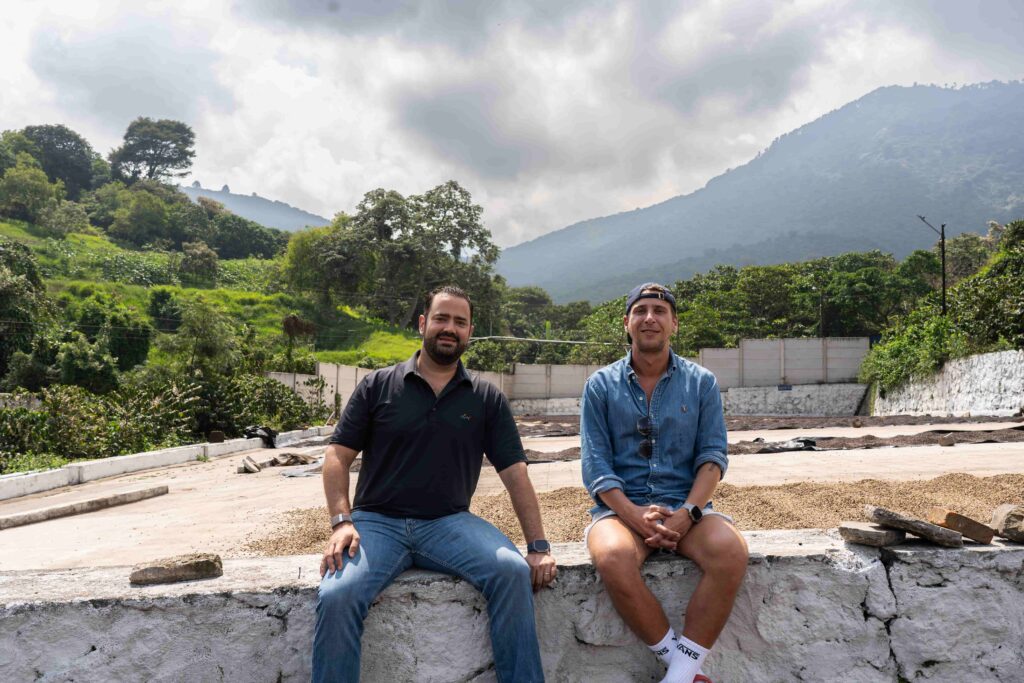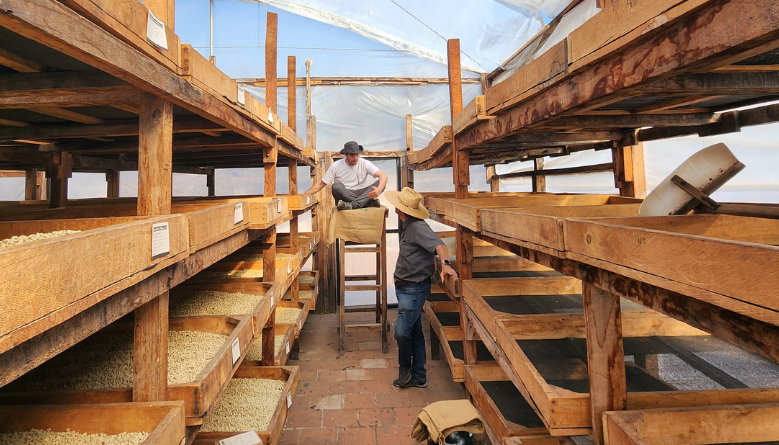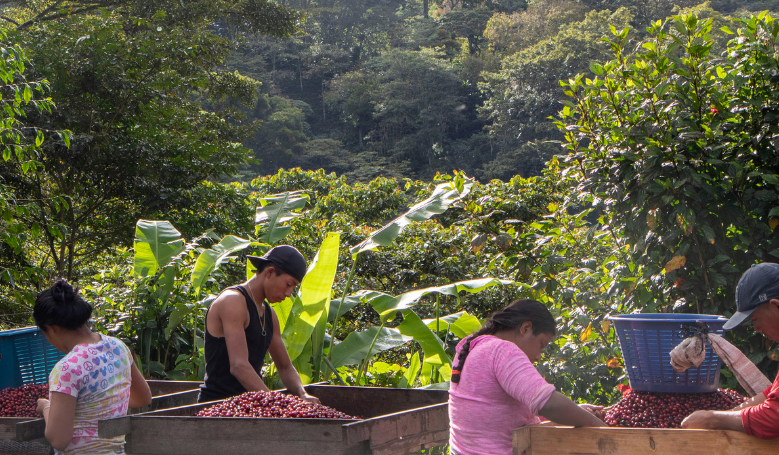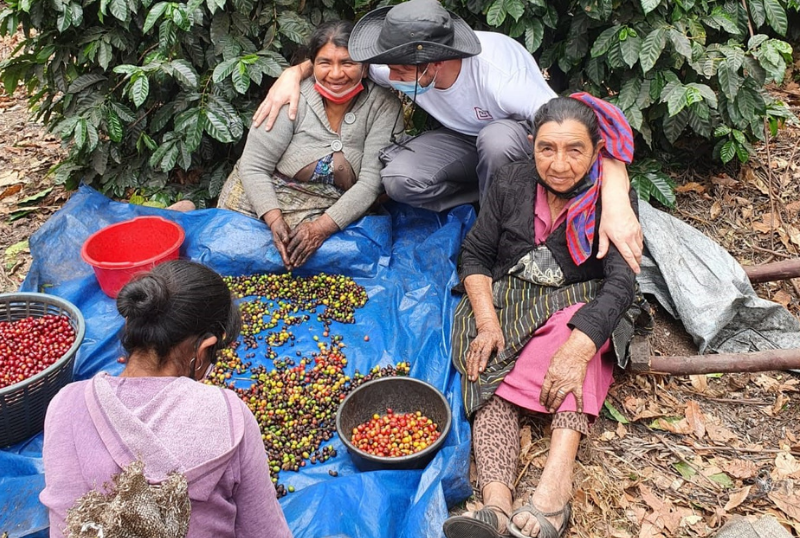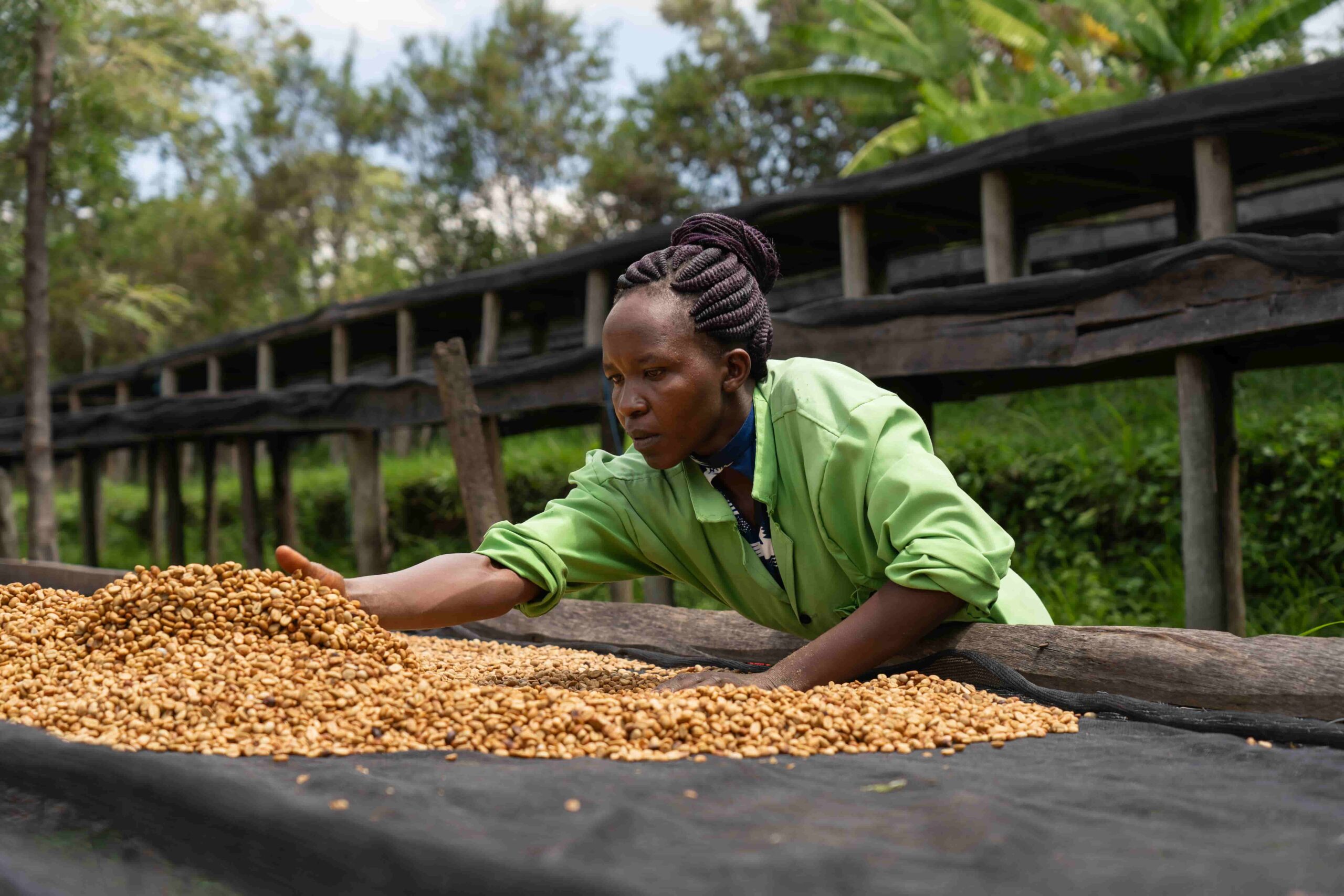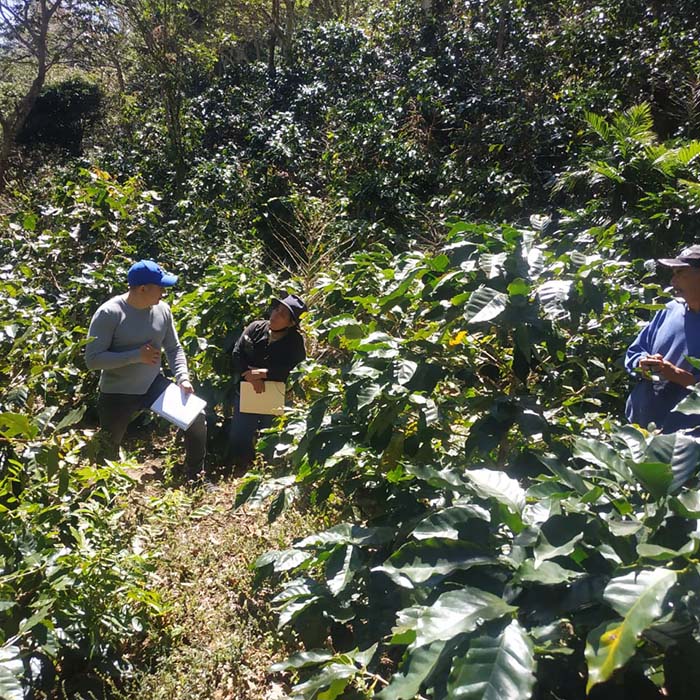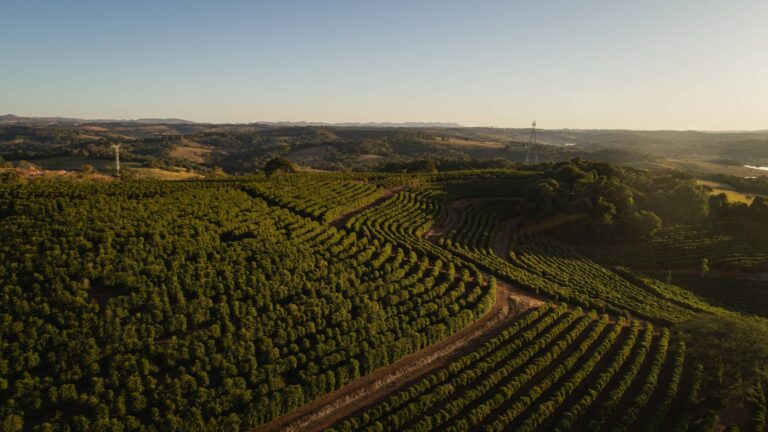10 truths about fermentation

We share knowledge
In order to sustain these 10 truths about fermentation, it is important that we understand what it is and how it can improve the quality of our coffee.
Fermentations are the new trend in coffee processing. If it is true that coffee can be processed without fermentation. However, in this era of experimentation and learning about the quality of coffee, many are opting to provide the client with a coffee of different flavors and organoleptic profiles.
What is coffee fermentation?
We talk about fermentation as the natural change that happens when sugar and water come together. To ferment we need a combination of microorganisms such as bacteria and yeasts that create a chemical reaction triggering a degradation of sugars.
It is important that the producer or the person responsible for the fermentation perform a quality analysis of the product and a tasting to determine whether the experiment has been satisfactory or should be changed.
The 10 truths about fermentation:
1- Fermentations are not a fashion, they are a qualitative leap in the quality of coffee.
There has been a certain willingness, especially from those sectors that defend the traditional model of the coffee process, to label coffee as a passing fad that does not contribute and distorts the essence and the “truths” of coffee; this theory, if not diluted, has little life left.
2- Fermentations, their recipes, are not scalable.
The variety and the meteorology to which the coffee tree is subjected, the soil, its age and many other variables and conditions do not permit this. The training of tasters and quality laboratories at origin has a huge task of training their teams and defining profiles to make this possible.
3.- The objective must be to enhance the qualities and organoleptic profile of the origin.
There is a “red line” agreement, and there are doubts as to whether it will be respected, that the objective of this technique must be to serve the origin and its varieties, never to anonymize it. Also an alternative in case of not achieving it, just as there are single varietals and blends, it is necessary to think and share a nomenclature that differentiates the fermentations that work for the origin and those that work to generate new organoleptic profiles unlinked to the origins.
4.- Whoever leads, decides, the recipe (fermentation) to be applied, has repercussions whatever the result may be.
This axiom must be assumed in order to continue counting on the indispensable complicity of the producers and the benefits that make it possible. In addition to all the technical and scientific aspects, it is necessary to agree on the remuneration in a clear and non-results-related manner, as the cherry on top and the HR hours are the most important in this part of the collaboration and its regulated agreement.
Fermenting improves the final result but it is just another link in the coffee chain.
Fermentations, modern recipes processes, can emphasize qualities and qualities, even when they are not correct, they can distort them, but they cannot create them, they cannot make a good bean out of a bad cherry. It is also necessary to validate and value its share of responsibility and its necessary complicity with drying, harvesting and selection. If there is an error in the chain, the erroneous, bad, undesirable result should not focus the responsibility on the process; success as well as failure is the result of the complex coffee chain, and it is necessary to know where, when and why an error has occurred; it cannot be concluded that the responsibility lies with the process.
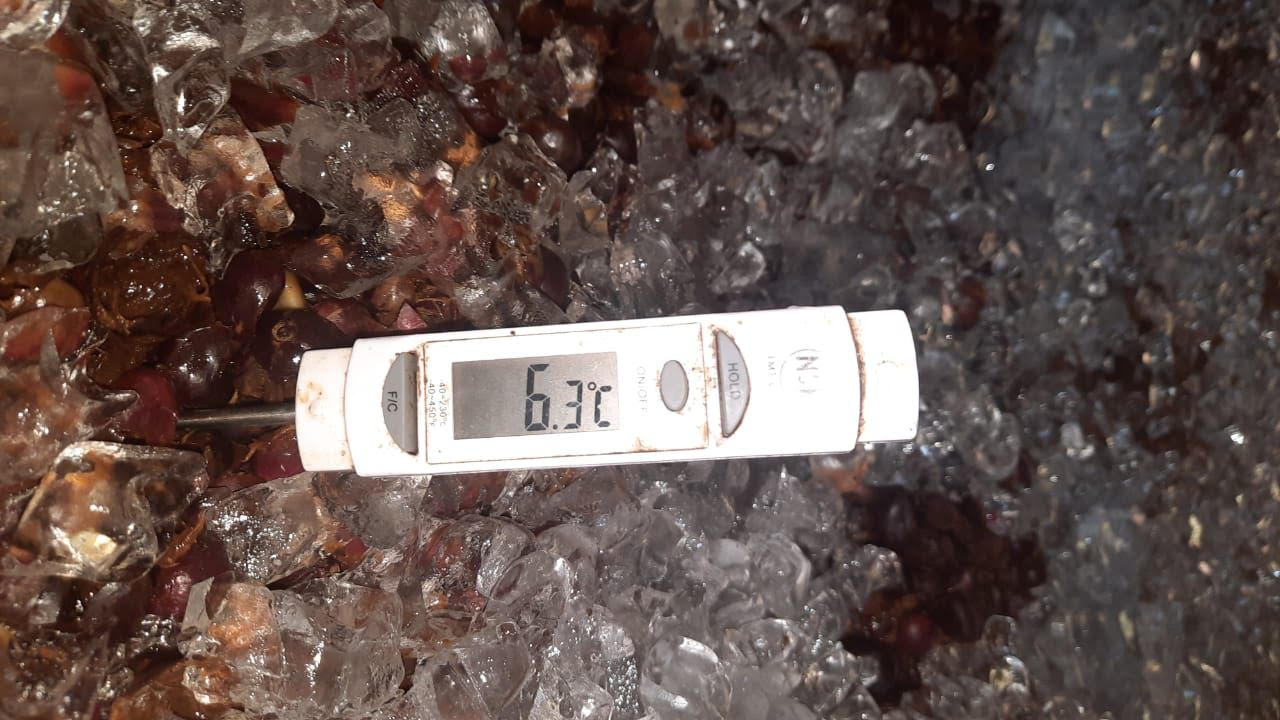
Fermenting is an option that has not come to replace, it has come to expand the options in the world of coffee.
Getting closer to consumers’ tastes, broadening their field of choice and attracting new consumers more than justifies its existence and in no way excludes satisfied consumers who will continue to have at their disposal grains that are faithful to traditional processes.
7- There is no limit for fermentations, but there is for coffee.
The accompanying sentence is so clear and defining that we transcribe it verbatim “Both wine and vinegar come from grapes, but they are not the same”. That the possibilities and diversities offered by the fermentations, processes, give us the sensation of “unlimited”, but when the result is no longer coffee, we will have to look for another name for the result, for the product.
8- There is still not enough experience nor enough documentation (results) to know what their possibilities are.
Its youth, the “recent” application of these techniques and the even more recent acceptance by the market only allow us to know that time, experience, protocols and validations by the whole chain are needed to start defining the valid space where this alternative should move.
9 – The improvement in the bean thanks to fermentations is not conditioned by the altitude at which the coffee tree is planted, nor its location.
In all the projects validated and compared between cherries processed by fermentation and cherries without this process, the result has been an organoleptic improvement, expansion and emphasis of the descriptors in the subsequent tasting processes, regardless of whether they are coffee trees planted at 600m or 2,000m, in humid or dry areas, in the sun or in the shade, which strengthens it as an option, not as an alternative. Not all consumers want an application or descriptor emphasis is something that should not be forgotten either.
10 – The fermentations, for the moment, have not allowed a qualitative leap of the robusta to approach, to compete, to be an alternative to the arabica.
An attempt has been made, in some projects it is the sole objective, but it has not been achieved – the opinion is unanimous – to bring Robusta closer to or introduce it into the Olympus of specialty coffees. Achieving a broader spectrum of descriptors as in arabica coffee is already a fact, but it is also a fact that we have not managed to eliminate its defects, which in qualitative values continue to place it below arabica coffee in organoleptic criteria. It also gives hope to farmers who, due to the altitude of their farms and the new conditions of the coffee climate, were unable to work with traditional methods. In this way they can obtain good and attractive cups, allowing them to continue growing coffee as a profitable business for the future.

